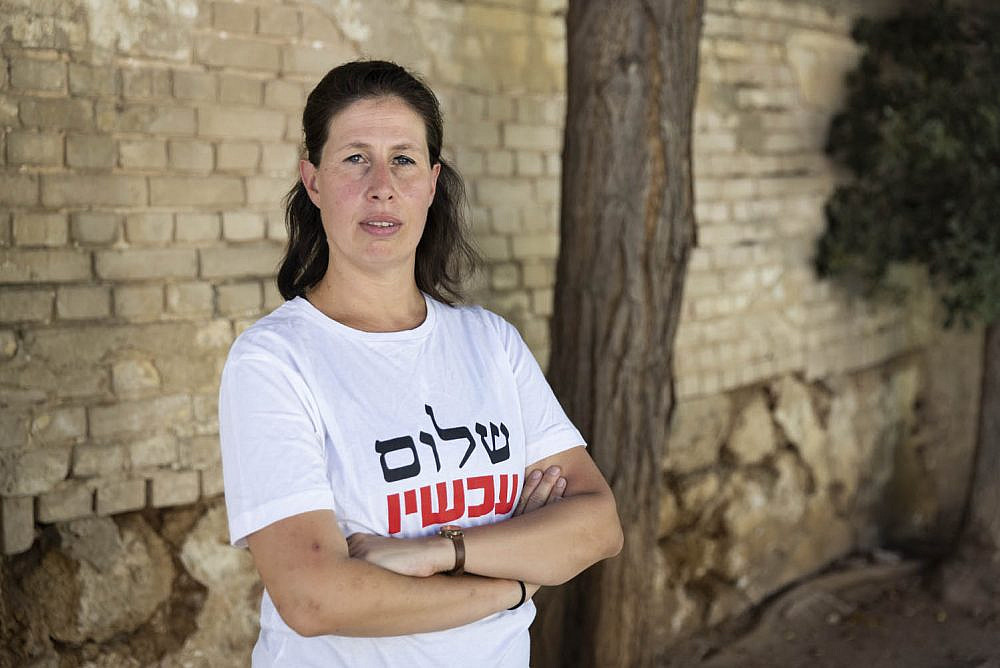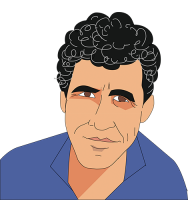Anyone who has been to an Israeli anti-occupation demonstration recently will have noticed dozens, if not hundreds, of new faces. Many of these newcomers are activists who took part in the 2020 Balfour Street protests, organized for months outside the Jerusalem residence of then-Prime Minister Benjamin Netanyahu, and who, for various reasons, eventually turned to demonstrations that went beyond the slogan of “Anyone but Bibi.”
This process, which has been described as the “Balfourization” of the anti-occupation struggle in Israel, has had an impact on the activities of veteran organizations such as Peace Now, which in recent months resumed direct actions in the occupied West Bank. Interestingly, these demonstrations were characterized by rowdiness — in line with the image that has, rightly or wrongly, been increasingly attached to Peace Now in recent years.
Last February, Peace Now, and other groups took part in a protest march to the Evyatar settler outpost demanding its evacuation. In late May, it was one of the leaders of a demonstration that brought a bulldozer to try to dismantle the illegal Homesh settlement. And last month, its activists were leading members of a protest against attempts by the settler group Nachala to establish a series of new outposts throughout the West Bank.
The Israeli activists arrived at these demonstrations ready to clash with police officers or settlers. When the police blockaded the march to Homesh and arrested the drivers of the bulldozers, dozens of protesters blocked the police cars for over an hour, and it took the police a while to forcefully remove them. In the Nachala protest, activists tried to physically prevent settlers from departing from their meeting point in Barkan.
“Balfour taught us to go to the site of injustice,” said Dana Mills, Peace Now’s interim executive director. “Going back to actions in the territories is a direct lesson from Balfour. If I want to demonstrate opposite an outpost, I’m not going to do it in Tel Aviv, but rather take my crowd to Homesh. As with Balfour, on the road to Homesh you’re exposed to all the obstacles to getting there: checkpoints and police officers.”
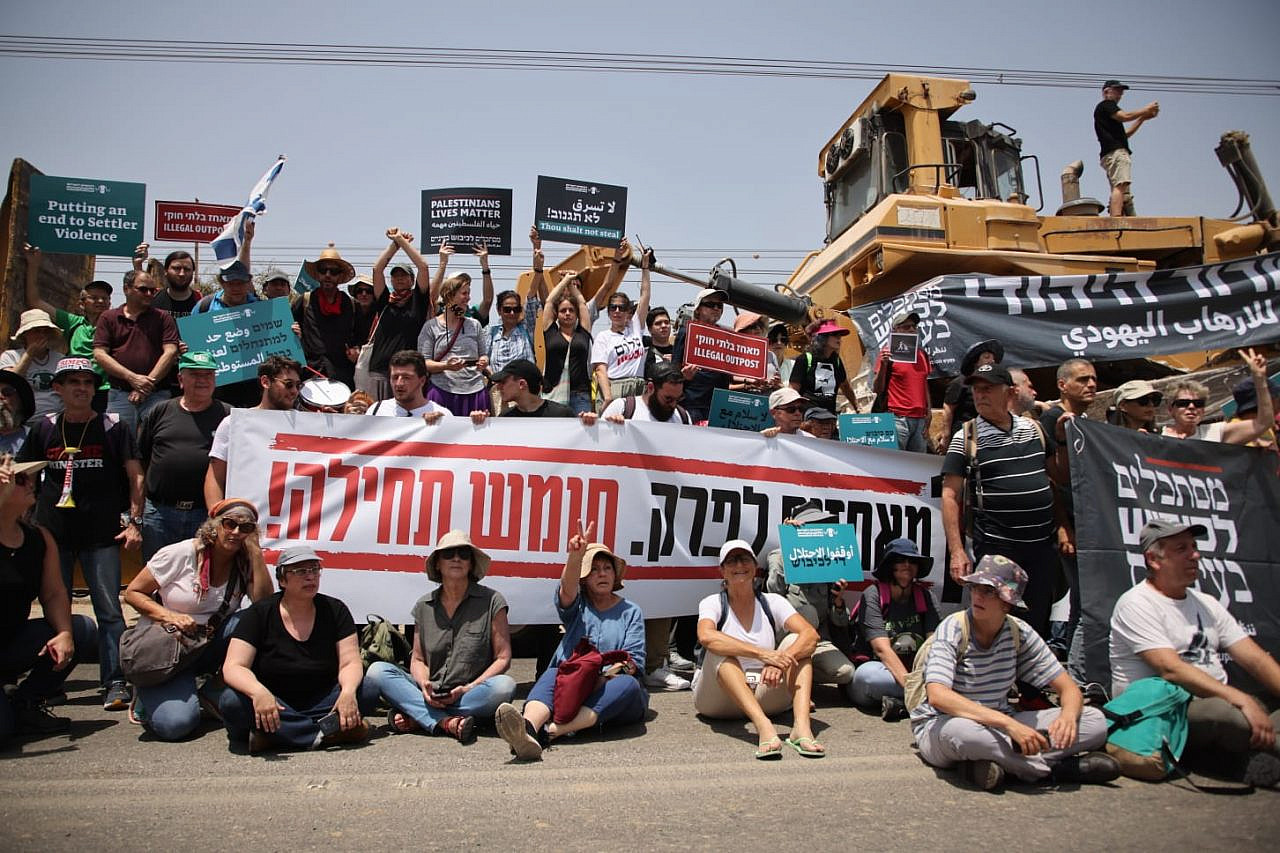
Mills, 40, grew up in Zichron Ya’akov in northern Israel, and joined Peace Now at the age of 13. As an activist with the organization in the 1990s, Mills said, she was part of “a mass movement that challenged the left-wing parties. It was a very activist movement, which blocked roads and clashed with settlers. That’s how I learned, firsthand, what the occupation is, what a checkpoint is. They taught me about non-violent resistance.” From Mills’ perspective, Peace Now is now undergoing a return to that activist past.
After two academic degrees in political science, Mills went abroad to do her doctorate at Oxford University, which dealt with politics and dance. She has written two books: one examines the link between the body, dance, and politics (Mills used to be a dancer, and continues to dance to this day); the other is a biography of the revolutionary philosopher and activist Rosa Luxemburg — “a Jewish woman who wrote about colonialism and was murdered by fascists,” as Mills described.
During the pandemic, Mills saw a job listing for a foreign relations coordinator with Peace Now, got the position, and returned to Israel after 13 years. “Academic debate is nice, but as an Israeli, I wondered what my role in it was,” she explained. “I wanted to make an impact, not just to write.”
What, in your opinion, brought people from the Balfour protests to the struggle against the occupation?
Something very significant happened at Balfour. People who had led very calm lives encountered the police, and police violence. For many Israelis, the police is not a neutral force, but as a privileged Ashkenazi woman, I wasn’t raised to fear them. For anyone who has lived peacefully in a supposedly liberal, democratic state, and has never been interested in what is happening in the territories or what is happening to Palestinian citizens of Israel, it was an awakening, and it gave them the opportunity to ask other questions about democracy.
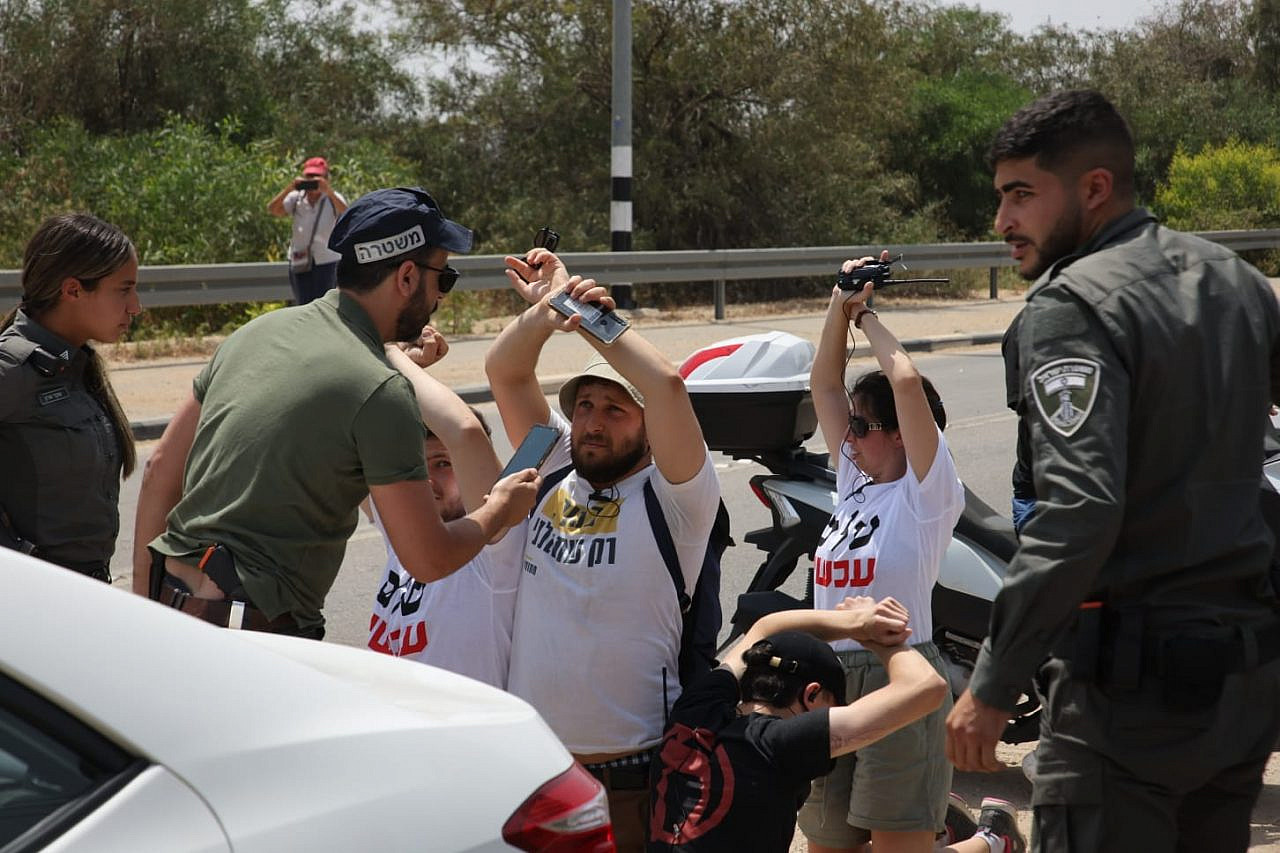
How does that connect to Peace Now’s activism?
When the protests started at Balfour, I was in England, following from afar. I saw people going back to direct action, first in Tel Aviv and Petah Tikva, and then to the actual site of injustice. Peace Now was [at Balfour] from the start under the banner, “There is no democracy with occupation.” We organized marches from [the Palestinian neighborhood] Silwan to Balfour and the [Yizthak] Rabin memorial rally. There is a revival of direct struggle among people who haven’t necessarily come out of the anti-occupation struggle.
We’re seeing a lot of organizations who came out of Balfour and were interested first of all in the “Anyone but Bibi” [issue], and who were looking for what to do next. By way of our Balfourization, and through our transition to more direct resistance, we, as a Zionist left movement, can be an address for different groups and individuals who have experience in direct action and are looking for what question to address next. “Anyone but Bibi” is not an answer to the question of what is wrong with Israeli democracy. It’s something deeper.
A broad range of ideologies
Mills claims that Peace Now’s direct action in recent months is a continuation of its activism in the 1990s, but the change seems more profound than that. Its Outpost Dismantlement Unit, launched last month, has a bulldozer as its logo, reminiscent of the designs of Anarchists Against the Wall — a group that took part in direct actions in the occupied territories, including sabotaging the separation barrier — in the early 2000s. At a protest in Tel Aviv last month marking 55 years of the occupation, Peace Now activists marched with a Palestinian flag. Twenty years ago, members of the same movement tried to prevent people from flying a Palestinian flag at a Rabin Square demonstration.
“There is a broad range of ideologies in Peace Now,” Mills explained. “There are people more on the Zionist left and others more at the center. But they manage to gather around a shared action. I think that the Palestinian flag, because it’s so frightening to the right, is part of the defiance, and of the statement that it is not scary. In the name of a Zionist movement I have no problem with holding a [Palestinian] flag. It doesn’t threaten me and it doesn’t make me an anti-Zionist.”
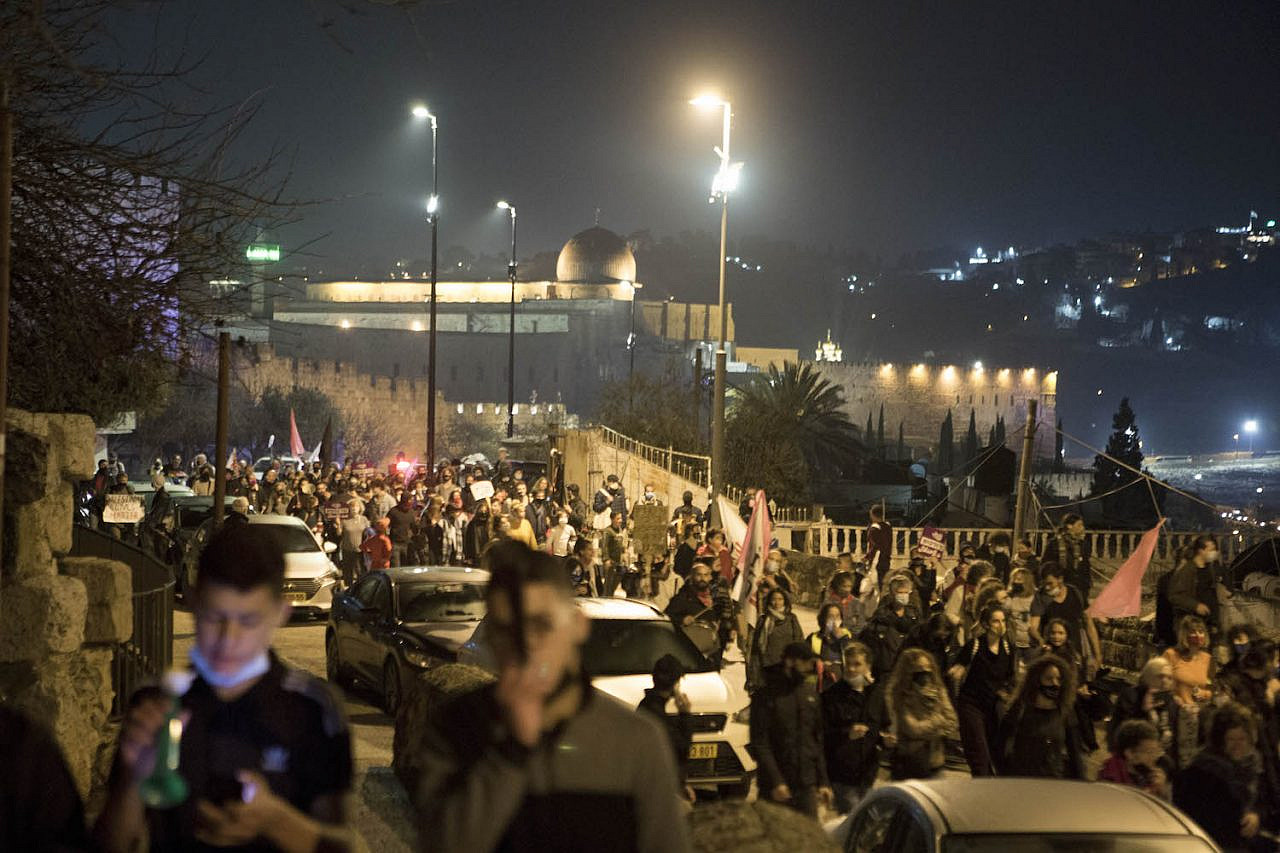
At one anti-occupation protest, she recalled, “older adults were marching, and alongside them youngsters with a Palestinian flag. One of the older protesters said to them: ‘I remember when Peace Now activists would beat people holding a Palestinian flag.’ In a Zionist left movement that believes in the two-state solution, a Palestinian state alongside the State of Israel, you need to learn to deal with the [Palestinian] flag.”
Mills added: “Given the discourse and the culture war surrounding flags, and when every Monday and Thursday [settlers] are taking down flags in Huwara [a Palestinian town near Nablus], there is space to behave differently. When we did the Homesh protest and were arrested in Kedumim, we didn’t bring Israeli flags. There were protesters who brought [Israeli flags], and we didn’t love it; we said that we can’t stand on occupied territory and fly the flag of the occupying country.”
In the 1990s, when Peace Now was staging its large demonstrations, the organization believed it was possible to pressure the government into changing its policies. Is that still the case today?
Peace Now always talked, and still talks, about policy change. When we take direct action, we are not doing it so that people will see that there’s a violent police force in the territories. We are thinking strategically about where it’s worth operating, such as Homesh, where there’s a broad agreement that it needs to be evacuated — even [Defense Minister Benny] Gantz said it. With Homesh we’re not just saying: “Come and look at the oppressive regime.” We’re saying that it’s an important strategic place to get out of the cycle of repression we’re stuck in.
In the beginning of the 2000s, Peace Now organized protests under the banner of “leaving the territories and coming back to ourselves.” Today, with the disappearance of the Green Line and the discourse on apartheid, is this slogan still relevant?
I don’t know if we’re “coming back to ourselves,” but rather [we’re saying] “let’s rebuild ourselves.” These are two very different things. We’re not saying let’s restore order and it will be fun, but let’s start a process of building within Israeli democracy.
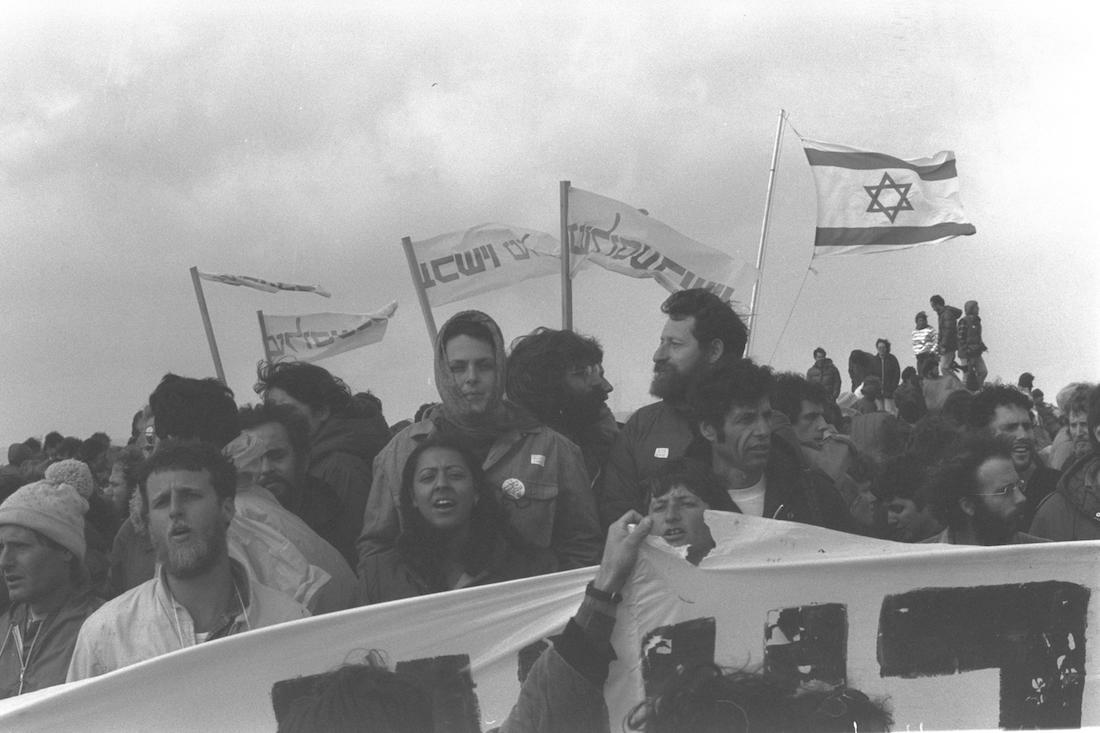
As for apartheid, we issued a report in 2018 talking about apartheid within the occupied territories, according to the opinion of our legal advisor, Michael Sfard. This is a warning sign to the public living within the pre-1967 borders that if we do not stop the annexation, there will be a reality of a de facto apartheid state here.
Two states to end colonialism?
When you go to demolish structures in Homesh or the outposts of Nachala, you are trying to act as if you are an arm of the Israeli Civil Administration. In a sense, you are seeking to “enforce the law.” But in the West Bank there is no law — all settlements are illegal.
Saying “let’s evacuate the outpost” does not mean that the settlement next to it is okay. I was not surprised when we got stuck in a parking lot in Rosh Ha’Ayin and they did not allow us to go to Homesh. These are questions that came up during the Balfour protests: is the police protecting you? Is the rule of law on your side? There is a very large part of the public that believes this, and there were people who really believed we would reach Homesh. When I left that morning, I wondered where they would stop us; I never thought the army would say: “You are a citizen of Israel, it is your democratic right to demonstrate against an outpost. Come and we’ll escort you.”
For those who know the occupation, it is clear that the army would try to break up the gathering or declare it a closed military zone. For those who believe that Israel is a democratic country, it was a huge shock that [the army] stopped the bus, declared a closed military zone, and [used] severe violence — solely because we wanted to protest. This is part of the process that we are undergoing as a movement. Our job is to reach an audience that would not necessarily want to join other organizations that are considered more radical.
And still, these actions are very much part of the system.
Indirectly there is something systemic in this action. I still believe that this state can be democratic and Jewish. A part of the Israeli-Zionist public, which is more to the center than us, does not concern itself with the occupation and oppression of the Palestinian people, but is interested in the future of Israeli democracy. It is our place to introduce the need to preserve the two-state solution, to preserve the struggle for a Jewish and democratic state. It is a very systemic place [to be in], but the tactics are not systemic.
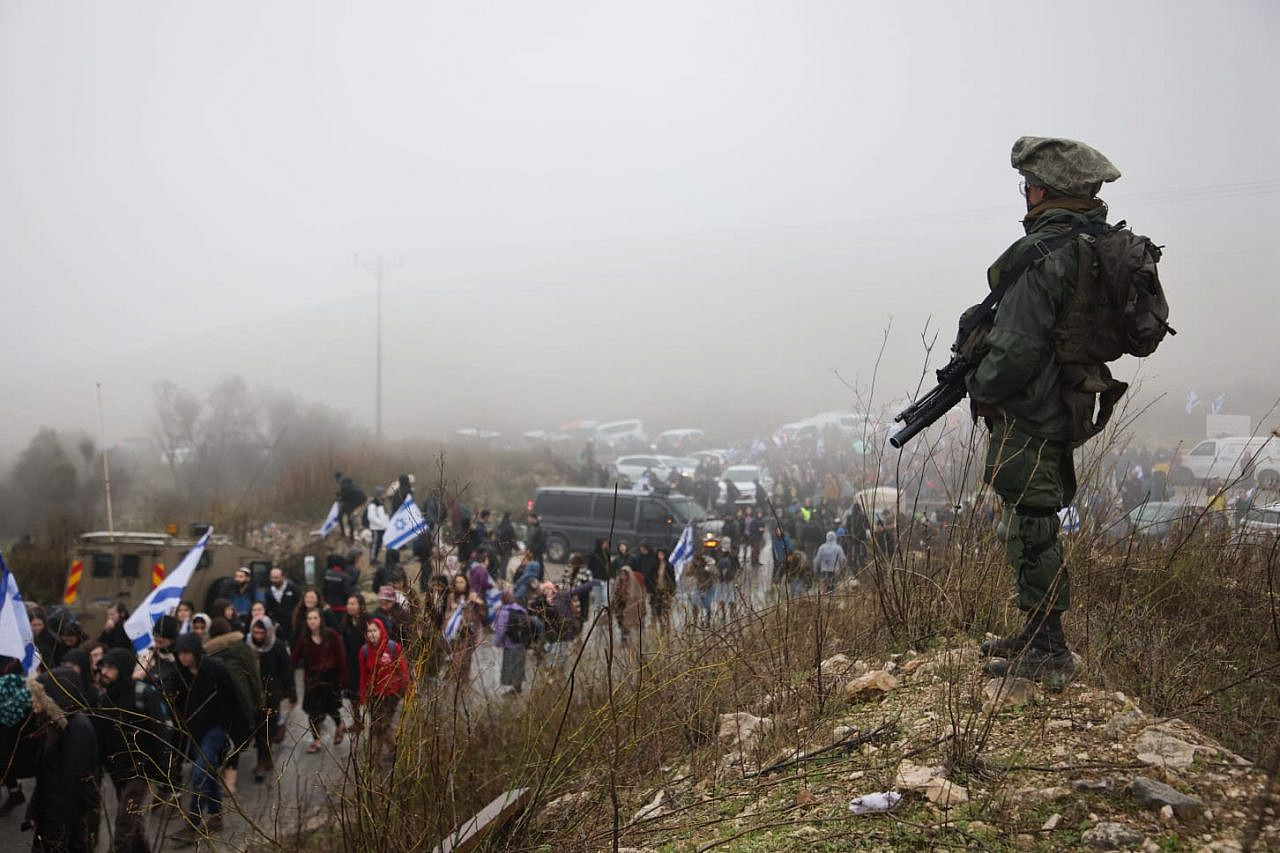
Doesn’t the focus on outposts legitimize the rest of the settlements?
The focus on the outposts is a strategy designed to expose the system as a whole. The illegal outposts — because they have a very high rate of settler violence, and because they express in a tangible way the extremism of the occupation — can be used as a starting point for the process. If I were to organize a demonstration in E1 [the area between Jerusalem and Ma’aleh Adumim, which has been a major focus of the international community], maybe four people would come. A thousand people come to a demonstration in Tel Aviv, and that’s considered good. But in order to expand the camp, I need to find an entry point, and [the outposts] are one of these points.
Only Israelis participated in these latest actions, unlike the demonstrations against the separation barrier in which Israelis join Palestinian protests.
We do coordinate, for example, with the Burqa village council regarding the action in Homesh. We have connections with Palestinian communities, and they say: “Finally the Israelis are doing something.” I understand there are partners who will have a harder time with us, which is why it is good that there are other organizations. That’s totally fine.
Do you consider the fact that Nachala was not able to establish a single outpost a success? They claimed that they never wanted to establish an outpost with caravans.
We were on their preliminary tours — they wanted caravans but lowered their expectations. Our action was a success as far as I’m concerned, because it’s the first time in a long time that there was resistance on the ground. We staged a frontal confrontation. On a personal level, this was a very difficult experience, because we encountered police violence, while settlers, mainly women and children, were laughing on the side.
The Green Line has been nearly erased over the years, and many are now thinking of solutions that are beyond the framework of two states. How do you view this development?
I don’t disagree that the Green Line is being erased. The question is what is the solution. Should we say: “That’s it, it’s gone, it’s no longer possible?” Or should we say that there is room to think about a border — about separation. Peace Now is not militant about total separation — there is a lot of thinking [in the organization] about models. The thinking is that we need two national states that will live side by side, and the degree of cooperation between them is a matter of fluidity.
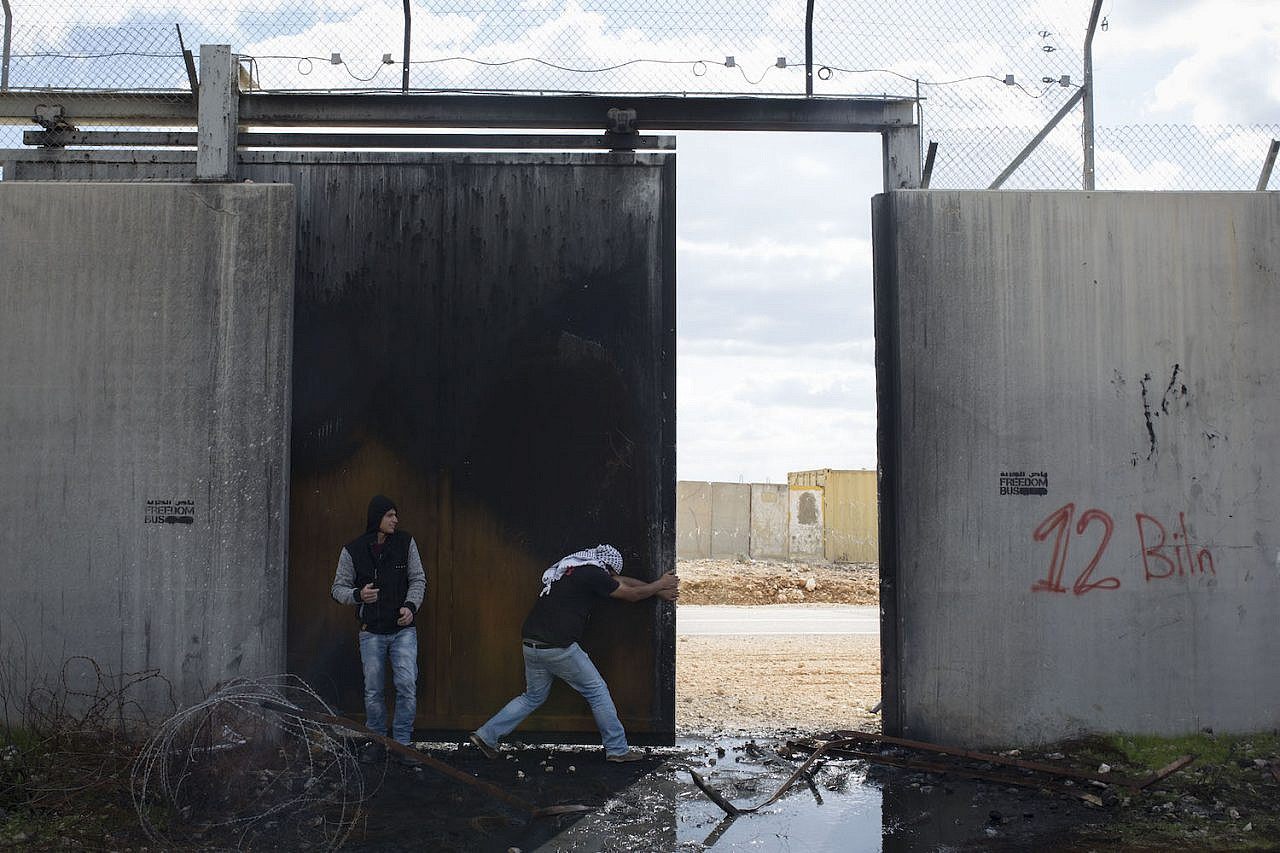
Our strength as a movement for two states is to talk about stopping dispossession and stopping colonialism immediately. When I can wake up the public and the international community, and say that in order to maintain some kind of possibility of a two-state solution, we need to stop this outpost or that settlement, I have power to influence.
When I travel to the West Bank and see what happens on a daily basis, I have a strong need to stop the dispossession and the violence that comes from this colonialist system. The two-state solution is an important PR tool in this system.
To talk about the Green Line and two states is not a return to the ‘90s. It is to say: let’s think about a constellation in which there will be a possibility and self-expression for Palestinian nationalism and Jewish nationalism, while understanding that we need to rethink the rights of the Palestinian people in this land.
Today we’re hearing discussions about the Nakba in Peace Now. Is this a change?
The fact that I am talking about a solution within the ‘67 borders does not mean that I am ignoring the Nakba. In the ‘90s we did not talk about the Nakba. It is a process that organizations like Zochrot led in the Israeli left, and it is a very important one. It came up when we made a film about families in Sheikh Jarrah and Silwan and talked about how they face a double dispossession. That’s where the conversation opened up. Many people on the Zionist left around me are open to the Nakba discourse; they are open to its significance.
This article was first published in Hebrew on Local Call. Read it here.

